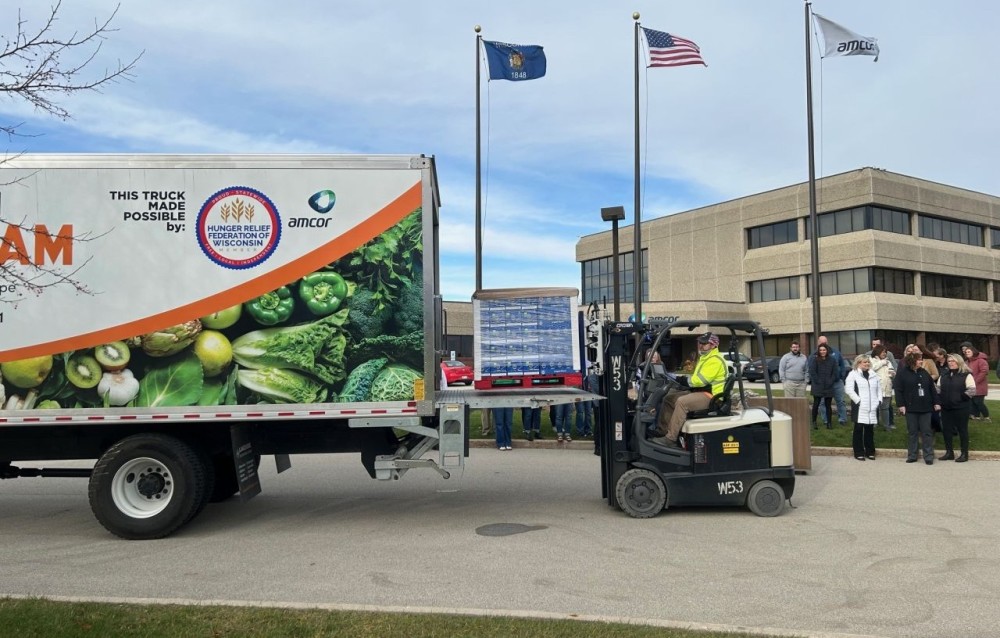Areas set aside by the Victorian Government as part of plan to conserve 35 threatened species fall well short in their goal to stop the extinction of the state’s most at-risk wildlife, according to a study by researchers at The Australian ³Ô¹ÏÍøÕ¾ University (ANU).
The authors of the paper say the Immediate Protection Areas (IPAs) put in place in 2019 do not protect substantial amounts of important habitat for threatened species like the Leadbeater’s Possum and Southern Greater Glider.
The study also found IPAs failed to include the most suitable habitat areas, with high quality habitat remaining in forests scheduled for logging.
“Current IPAs are unlikely to adequately protect biodiversity from logging,” lead author Professor David Lindenmayer said.
“We know forest-dependent threatened species such as the Leadbeater’s Possum are in decline, and this is in part as a direct result of logging. It’s not good news.”
The intent of the IPAs was the immediate protection of 96 000 hectares of state forest in eastern Victoria.
But according to Professor Lindenmayer and his co-author Dr Chris Taylor, IPAs have only protected 11.7 per cent of modelled habitat for the Leadbeater’s Possum, and just 5.3 per cent for the Southern Greater Glider.
“We have evaluated the areas selected and found them to largely miss the mark,” Dr Taylor said.
“Our study found IPA identification has overlooked much of the most suitable habitat locations and included areas with intensive logging history.”
The paper assessed the comprehensiveness and adequacy of the IPAs for improving the existing protected area network for each of the 35 species.
The research was guided by national conservation targets which call for at least 30 per cent of areas of particular importance for biodiversity to be protected and prioritised.
The study concluded that the IPAs fell short of the protection requirements for Victoria’s threatened species.
The findings have been published in








